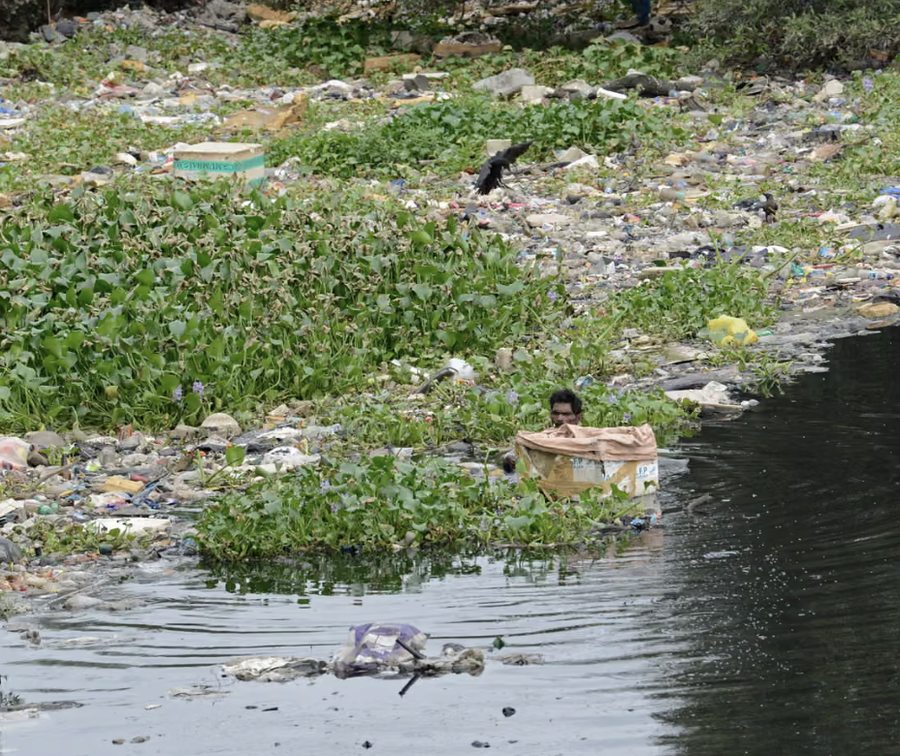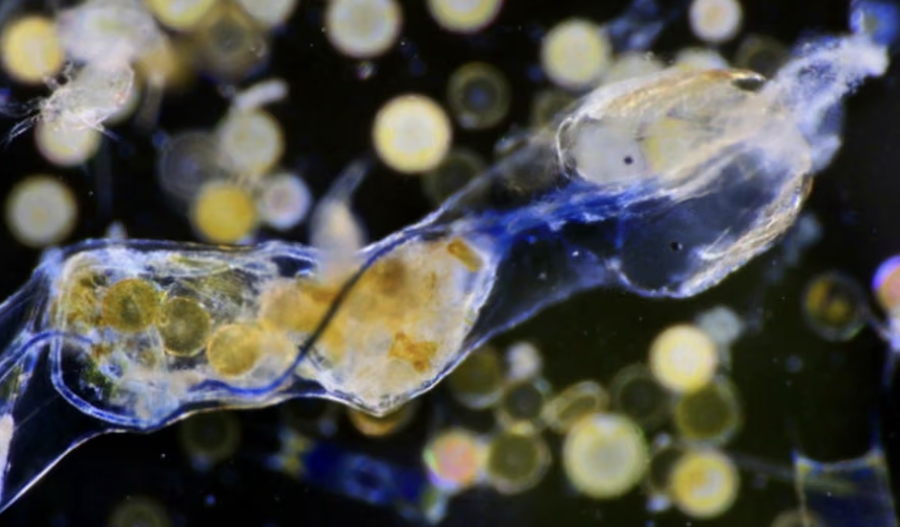
Plastic is a “serious, growing and underestimated risk” to human and planetary health, a new report by experts warns . The world is in the grip of a “plastic crisis” that is causing illness and death from childhood to old age, causing health damage at a cost of at least $1.5 trillion a year, the report says.
The main cause of the crisis is the extraordinary growth in plastic production, which has increased over 200-fold since 1950 and is expected to triple again, exceeding 1 billion tons per year, by 2060. Although plastic has many important uses, the fastest growth has occurred in single-use products such as beverage bottles and fast food containers.
As a result, plastic pollution has increased significantly, with 8 billion tons of plastic now littering the entire planet, from the summit of Mount Everest to the deepest depths of the ocean. The study shows that less than 10% of plastic is recycled.

The report highlights that plastic poses a risk to people and the planet at every stage of its existence: from the extraction of fossil fuels from which it is made, to its production, use and disposal. This causes air pollution, exposure to toxic chemicals and the entry of microplastics into the body. Plastic pollution can even increase the presence of disease-carrying mosquitoes, as the water left in plastic waste creates a suitable environment for them to breed.
The report was published in the journal The Lancet ahead of the sixth (and possibly final) round of negotiations between countries to reach a global treaty on plastic pollution. The talks have been blocked by major clashes between more than 100 countries seeking to limit plastic production and oil-rich countries like Saudi Arabia that oppose restrictions.
“We know a lot about the range and severity of the impacts of plastic pollution on health and the environment,” said Prof. Philip Landrigan, a pediatrician and epidemiologist at Boston College, US, and lead author of the report. He said it was essential that the plastics treaty include measures that protect the health of people and the planet.
“The people most affected are the poorest and those with the least immunity, especially infants and children,” he said. “This brings a huge economic cost to society. We have an obligation to act.”
Oil-rich countries and the plastics industry have argued that the focus should be on recycling rather than reducing production. But unlike paper, glass, steel or aluminum, plastic, due to its chemical complexity, is not easily recycled. The report states: “It is now clear that the world cannot escape the plastic pollution crisis simply through recycling.”
More than 98% of plastics are made from oil, gas and coal. The production process releases 2 billion tonnes of carbon dioxide (CO?) a year, more than the emissions of Russia, the world's fourth-largest polluter. Plastic production also causes air pollution, and more than half of unmanaged plastic waste is burned in the wild, exacerbating air pollution.
More than 16,000 chemicals are used in the production of plastics, including fillers, colorants, flame retardants, and stabilizers. Many of these substances have been linked to health effects at every stage of human life, but there is a lack of transparency about which chemicals are contained in each plastic product.
The analysis found that fetuses, infants and young children are most susceptible to plastic-related harm, with increased risks of miscarriage, premature birth, stillbirth, birth defects, lung development problems, childhood cancer and future fertility problems.
Plastic debris often breaks down into micro- and nanoplastics, which enter the body through water, food and air. They have been detected in blood, brain, breast milk, placenta, sperm and bone marrow. Their impact on human health is not yet fully known, but they have been linked to strokes and heart attacks. Researchers say a preventative approach is needed.
Plastic is perceived as a cheap material, but scientists argue that it is expensive when health harms are factored in. An estimate of the health harm caused by just three plastic chemicals, PBDE, BPA and DEHP, in 38 countries, is worth $1.5 trillion a year.
This analysis is the first in a series of reports that will regularly track the impact of plastics.
Margaret Spring, senior lawyer and one of the report's authors, said: "The reports will provide decision-makers around the world with a robust and independent source of data to help design effective policies on plastic pollution at all levels."





